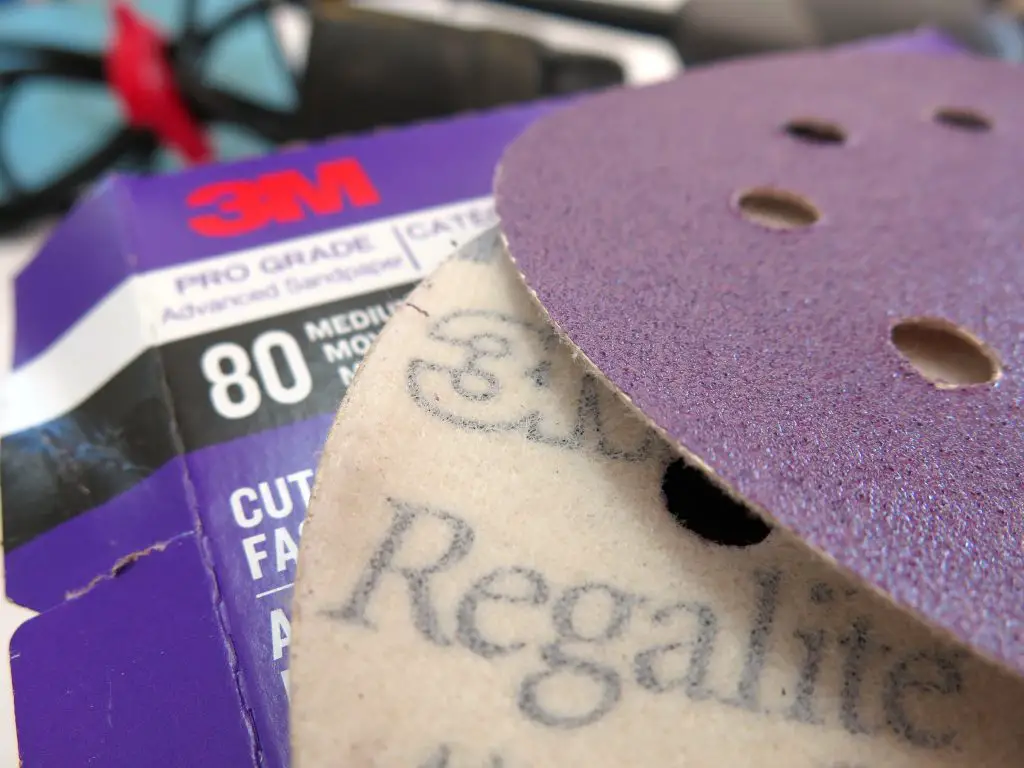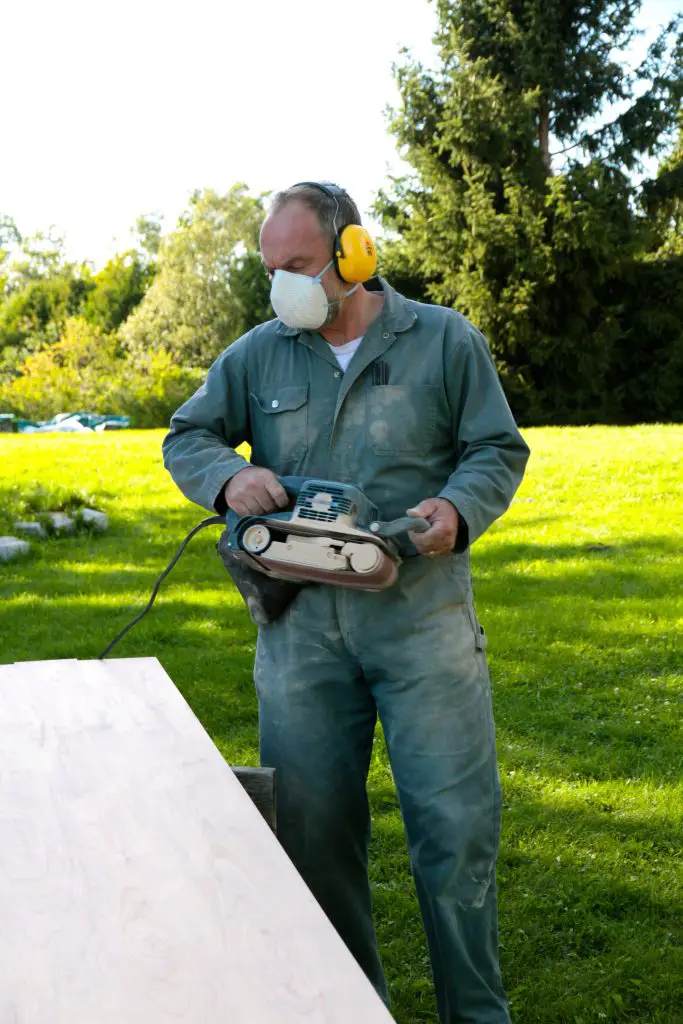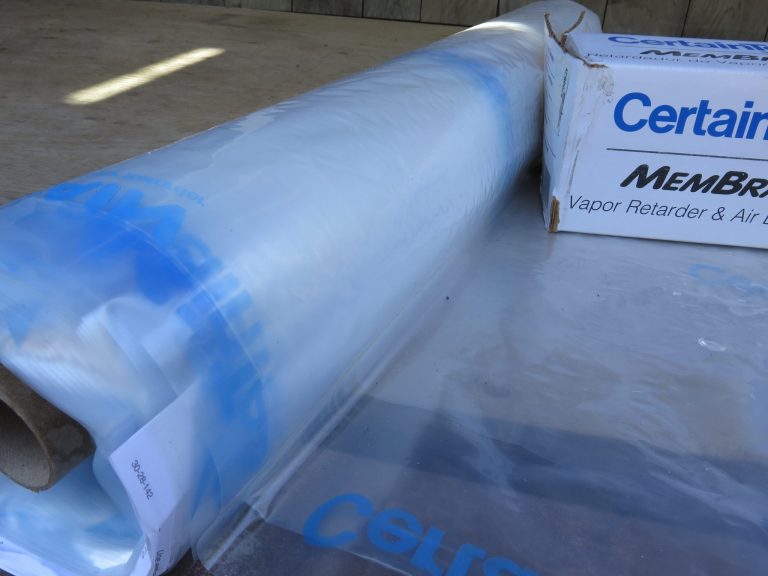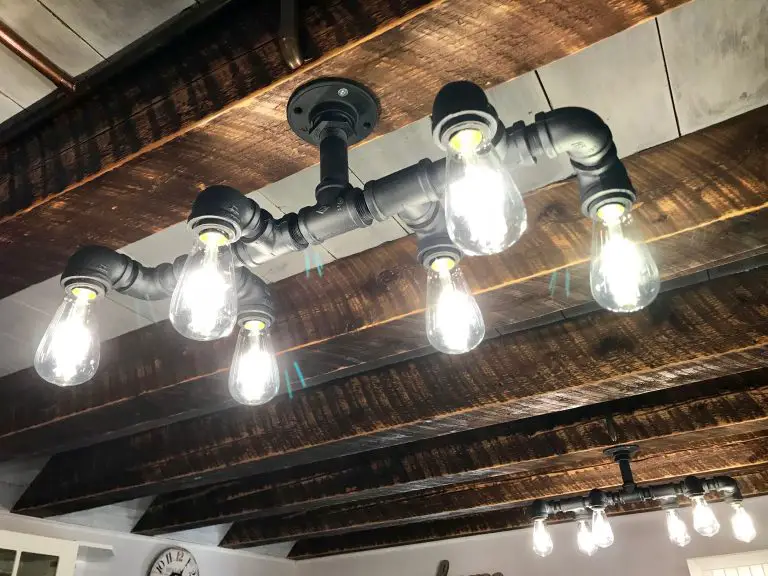Not all sandpapers are created equal, and I’ve had more than the usual opportunities to see this fact first-hand under some extreme conditions. Every year I use dozens of abrasive disks on various random orbit sanders, plus yards worth of regular sandpaper in finishing sanders and by hand. One of these “regular” sandpapers was a new type of flexible-backed sandpaper made by 3M for use hand sanding. In the end this work confirmed a long-held conviction of mine . . . The best sandpapers are worth their extra price. They end up costing less in the end, and you get better results, too. And the best abrasives really have been getting better lately. You can see some of the 3M abrasives I’ve been using in my shop lately.

Part of my sanding frenzy has been about prepping my beloved 1990 F-150 pickup truck for a paint upgrade, including a whole new coat of paint on the tailgate. This meant stripping back to bare metal, and that’s tough work for any abrasive. I’ve also been sanding a lot of wood as part of a tiny home construction project I’m involved with.

Besides making me quite dusty, all this sanding work gave me a chance to try out a new line of abrasives called Pro Grade. It’s part of a large group of sandpapers and abrasives made by 3M, and I compared the Pro Grade sanding disks head-to-head with my usual brand of high-end disks and abrasives. I’ve also been testing a new type of flex-backed sheet sandpaper that’s unique in the world. Instead of a paper backing, the abrasive is applied to a thin, semi-transparent rubbery sheet material. Both the Pro Grade disks and sheet sandpaper are better in specific ways than the best abrasives I’ve used before.
The Pro Grade Precision Ultra Flexible Sanding Roll has abrasive particles applied to a rubberized, non-paper backing. The high friction surface of this backing makes it easier to grip while hand sanding, and the flexibility lets the abrasive conform to contoured molding and trim.
The Pro Grade round hook-and-loop disks I’ve been using on a 5” random orbit sander are noticeably thicker than others. They also last about twice as long as the best disks I’ve used until now, and they resist clogging and gumming up better, too. Anti-clogging matters most when you’re sanding exterior wood, and this is an essential step for making outdoor wood paints and stains last as long as possible. Why is sanding such an important finishing step? Finish absorption, that’s why.
Sanded wood is thirsty wood, and thirsty wood hangs onto paints and stains longer. It’s as simple as that. New wood – especially new pressure-treated wood – is simply too smooth and too burnished to absorb paints and stains as it needs to. Poor absorption means poor adhesion that leads to premature peeling. You look bad and your home looks bad, too. Field tests show that 60-grit abrasives create the best surface absorption, but it’s too rough for most people. Wood sanded with 80-grit abrasives are smoother and almost as absorbent. Just don’t sand smoother than this while prepping outdoor surfaces for stains. 120-grit is the upper limit for painted surfaces.
In a perfect world, the ideal sanding abrasive would perform just as well 20 minutes after beginning to use it as it did when new. And while we’re not there yet, the closer an abrasive comes to this ideal, the better it is.
Watch the video below to see some real-world sanding I did on a tabletop refinishing project. Tabletops are one of the most demanding finishing challenges because the results are so closely scrutinized. Correct sanding is the essential first step with something like this, as you’ll see.













